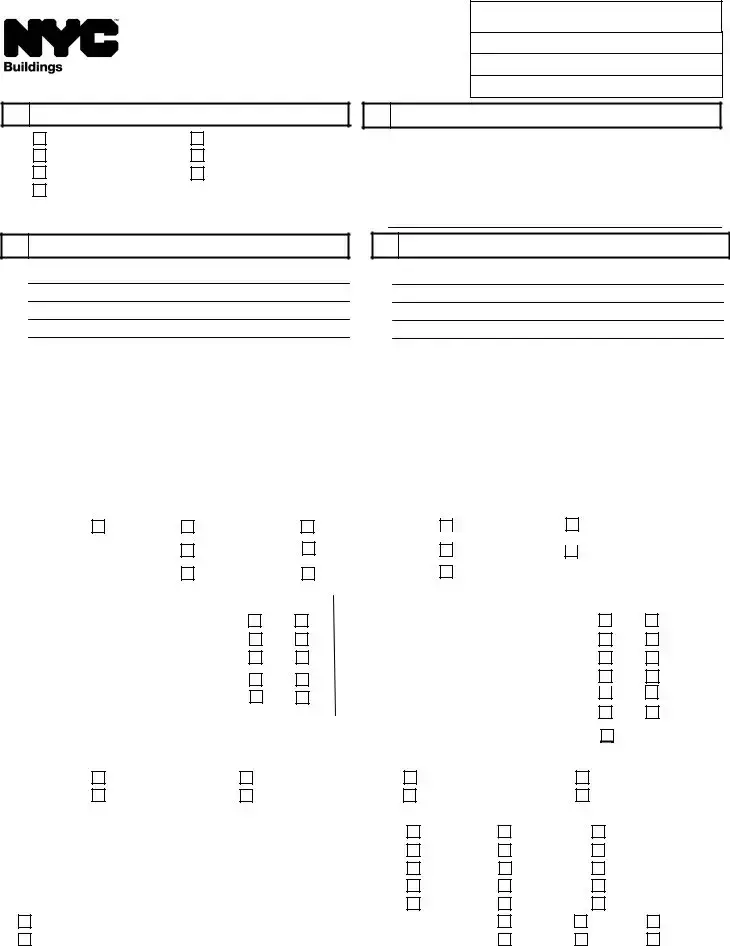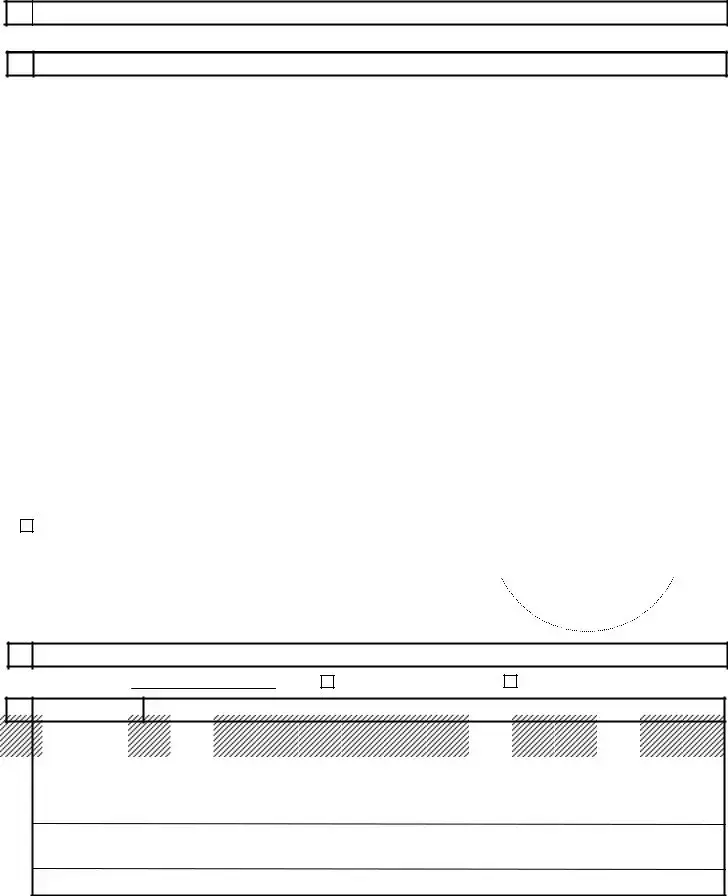The NYC Buildings ELV1 form, utilized for various elevator-related applications, shares similarities with multiple other types of documents used across different sectors and projects. Here's an exploration of ten such documents and their resemblances to the ELV1 form:
The Building Permit Application is closely related to the ELV1 form since both are integral to the construction and renovation process. Building permits ensure that structures comply with local zoning laws and building codes, similar to how the ELV1 form ensures elevator installations and modifications meet specific requirements. Both applications require detailed information about the project, including location, type of work, and the parties responsible for the construction or installation.
An Electrical Permit Application is another document akin to the ELV1 form. When installing or modifying electrical systems within a building, this permit is necessary to ensure that all work conforms to safety standards. Like the ELV1 which deals with elevator installations or alterations, the electrical permit focuses on the safety and compliance of electrical installations, requiring detailed descriptions of the work to be carried out.
Environmental Assessment Forms (EAF) also share similarities with the ELQ1 form. EAFs are used to evaluate the potential environmental impacts of certain actions or projects. Both documents play crucial roles in the planning stages of a project, providing vital information to government bodies to ensure projects adhere to environmental regulations and building codes.
Fire Safety Plan Submissions, necessary for ensuring a building's fire safety measures meet local codes, are quite similar to the ELV1 form. Both forms are part of a broader safety and compliance checking process, requiring detailed specifications of the safety equipment or features being installed or modified.
The Land Use Application is another document that parallels the ELV1 form. It's used to request permission for changes in the use of land or property that might affect the community or environment. Both forms require applicants to provide comprehensive details about the proposals, showcasing the changes' impact and how they comply with local regulations.
Occupancy Permit Applications, required for certifying a building's compliance with various codes and standards making it suitable for occupancy, also resemble the ELV1 form. Both documents ensure that buildings are safe and meet specific legal standards before they are used.
Plumbing Permit Applications are necessary for any significant plumbing work and are quite similar to the ELV1 form in that they require detailed descriptions of the type of work, who will perform it, and ensure that the project complies with all relevant standards and codes.
Signage Permit Applications, required for the installation of new signs or the modification of existing ones, share similarities with the ELV1 form. Both necessitate details about the installation, including size, location, and who is responsible for the work, ensuring compliance with local ordinances and codes.
Structural Engineering Reports may also be compared to the ELV1 form, as both provide detailed assessments critical to the safety and compliance of construction and alteration projects. These reports assess the structural integrity of buildings or installations, vital for ensuring long-term safety and stability.
Zoning Compliance Documents are essential for verifying that projects adhere to local zoning laws, somewhat akin to the ELV1's role in elevator installations and modifications. Both types of documents ensure that construction or alteration projects do not violate local regulations, protecting public welfare and maintaining community standards.
Each of these documents, much like the NYC Buildings ELV1 form, plays a critical role in the planning, execution, and completion of construction and installation projects. By ensuring compliance with local laws and regulations, these forms help maintain safe, sustainable, and functional environments for communities.


